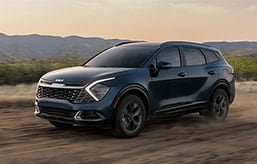- Tesla's Supercharger network remains the gold standard for public charging
- The Ford Mustang Mach-E makes the most of the Electrify America network
- Charging the VW ID.4 should be straightforward but isn't — there are too many steps and too many places for errors to occur
No matter how efficiently you drive your EV, a time will come when you'll need to plug in and add some range. In a perfect world, you'd always be able to charge at home — but if you plan on taking a road trip, you'll need to rely on the thousands of charging stations available across the U.S.
That's where the EV you choose to buy can really make a difference because the recharging experience is far from uniform across makes and models. We recently had a chance to conduct an EV charging comparison with three of the hottest new EVs on the market when we took a Tesla Model Y, a Ford Mustang Mach-E and a Volkswagen ID.4 on a road trip. Here's what we learned.






 by
by